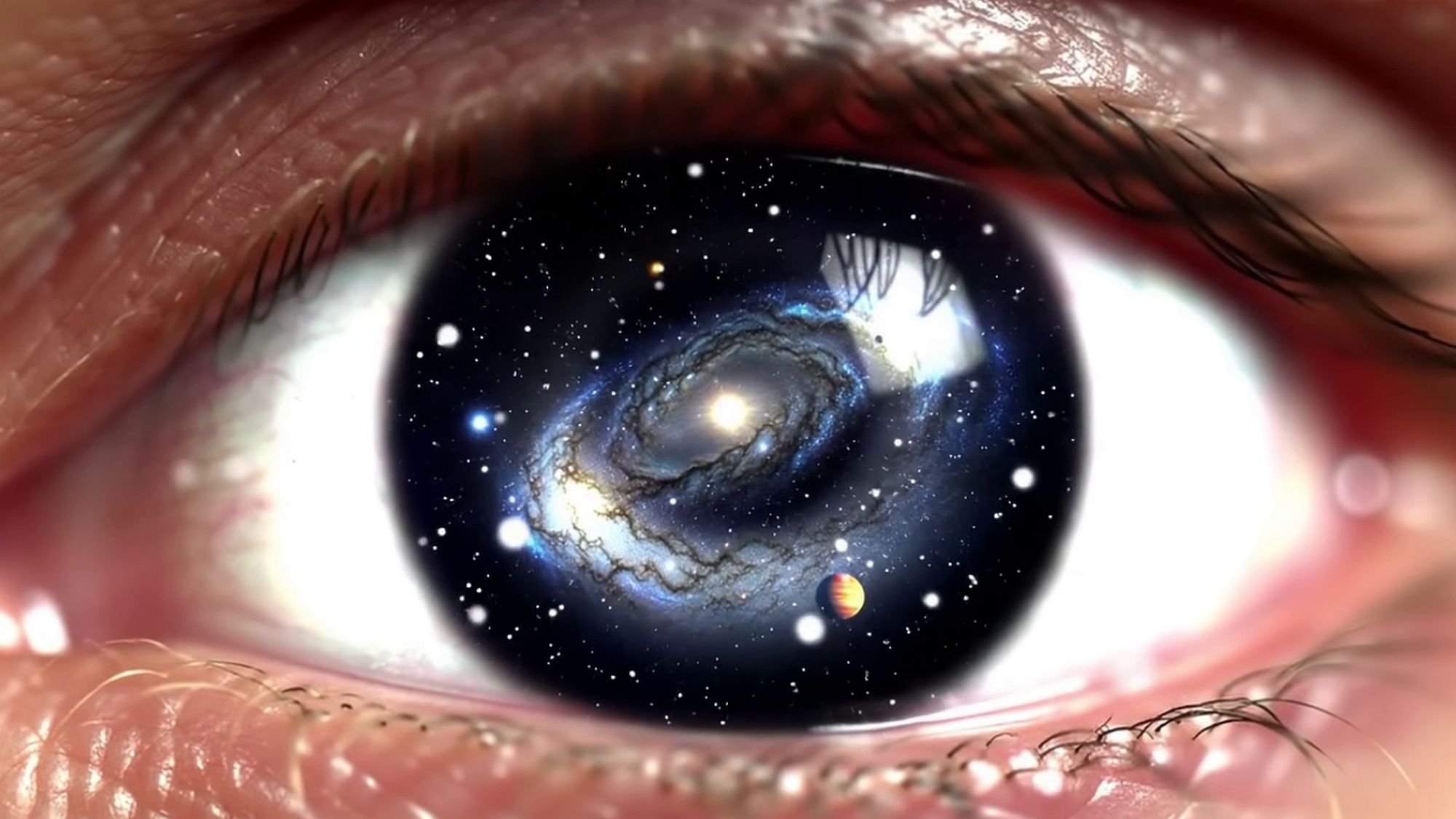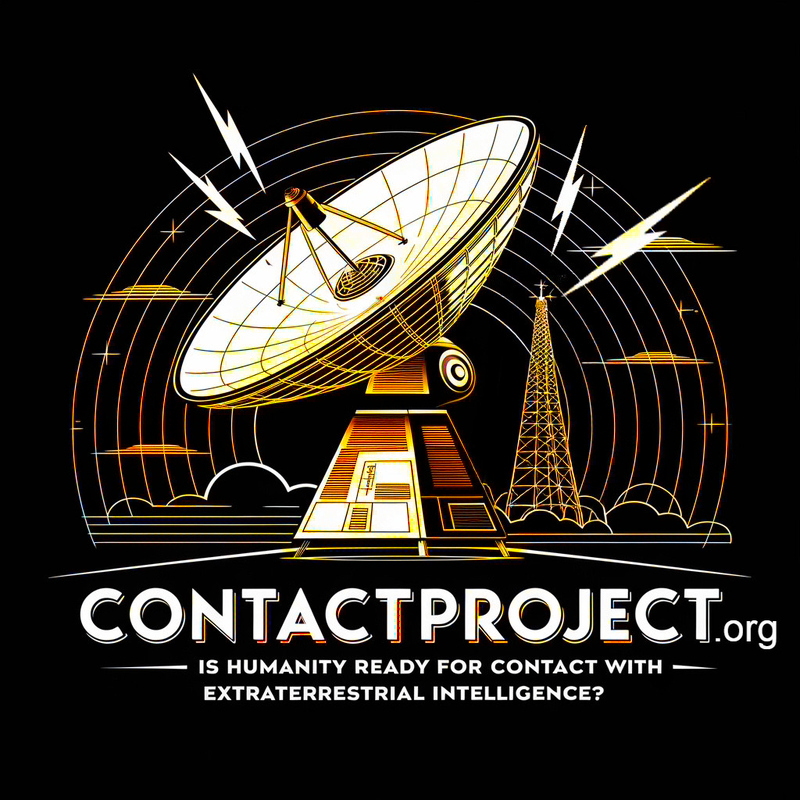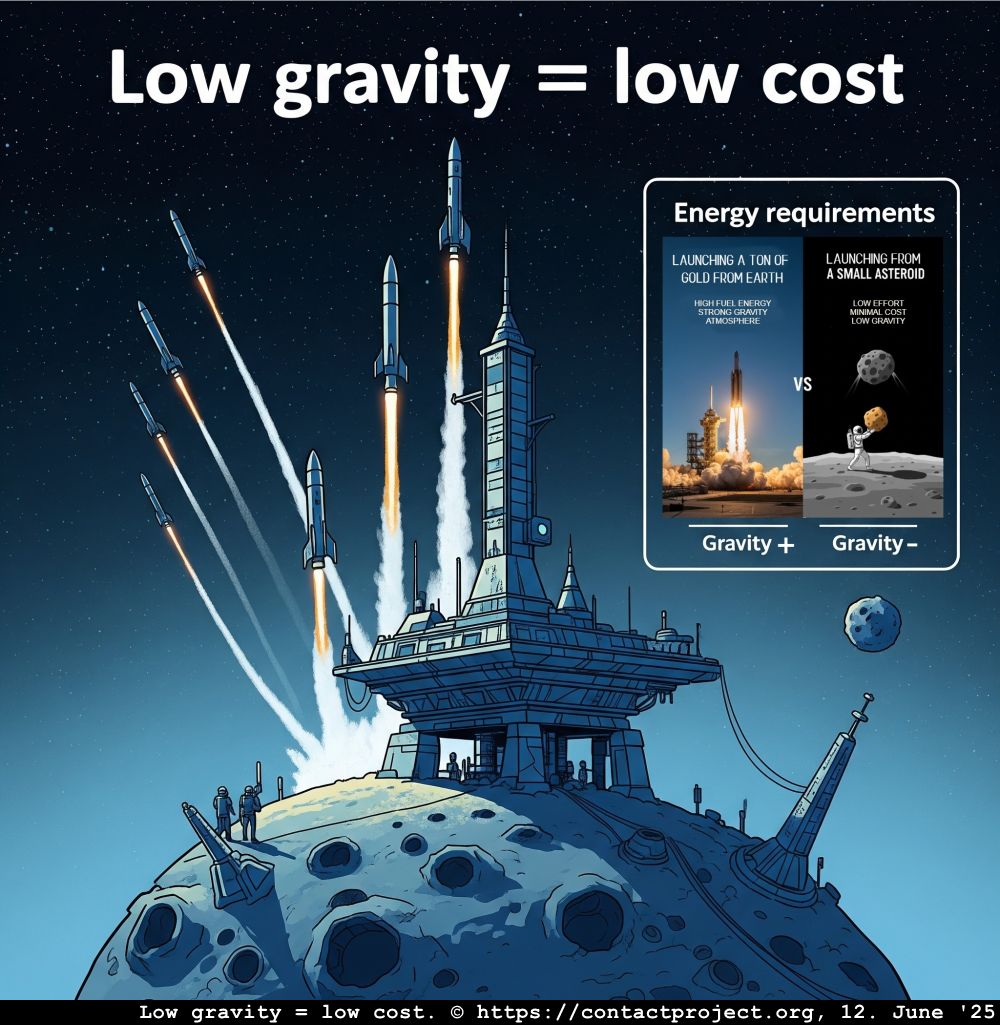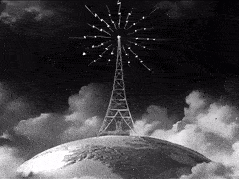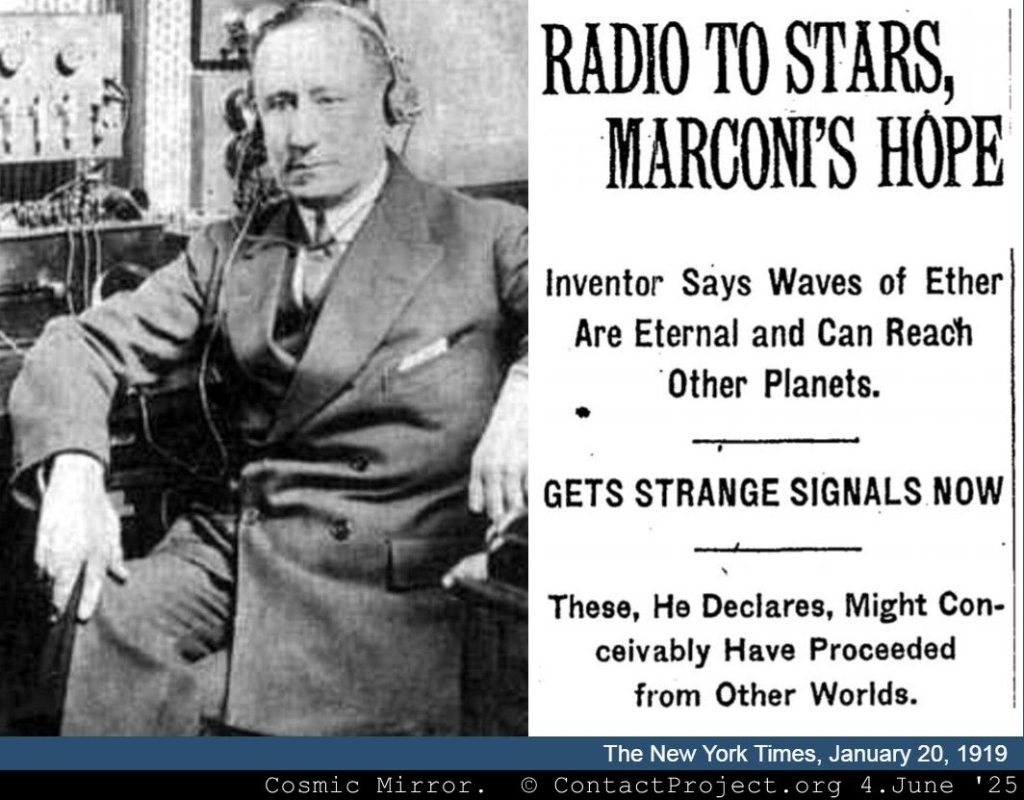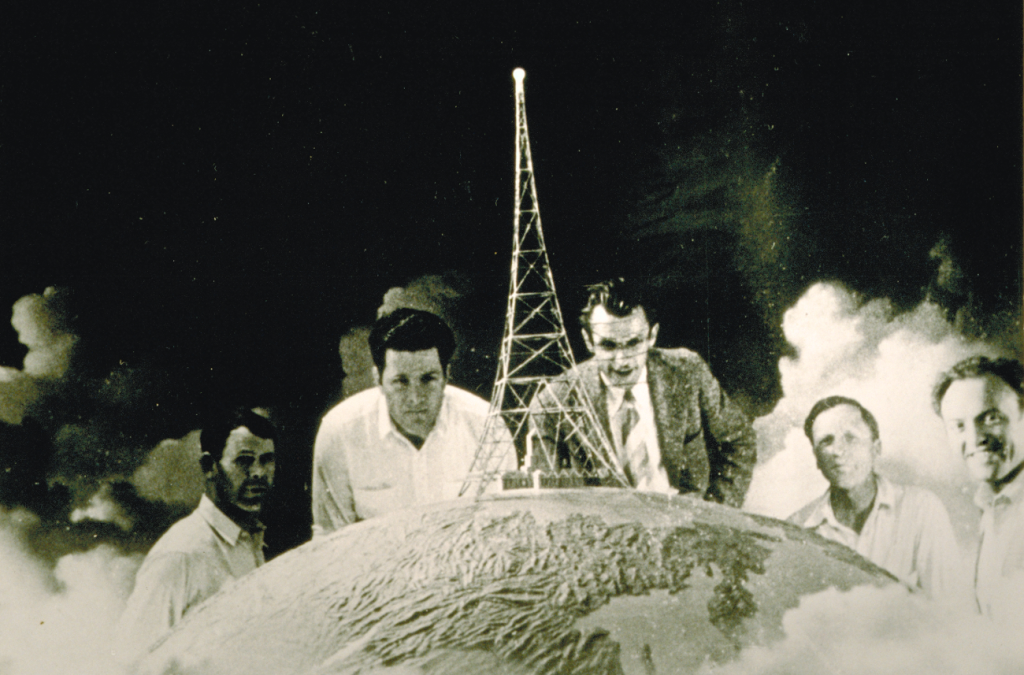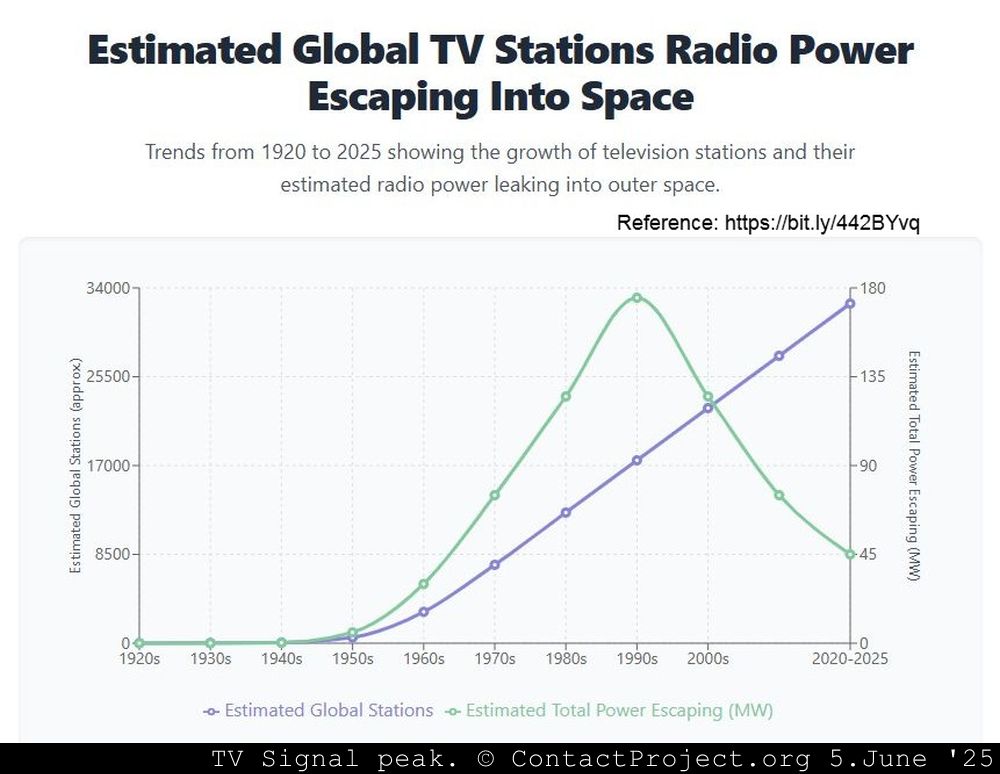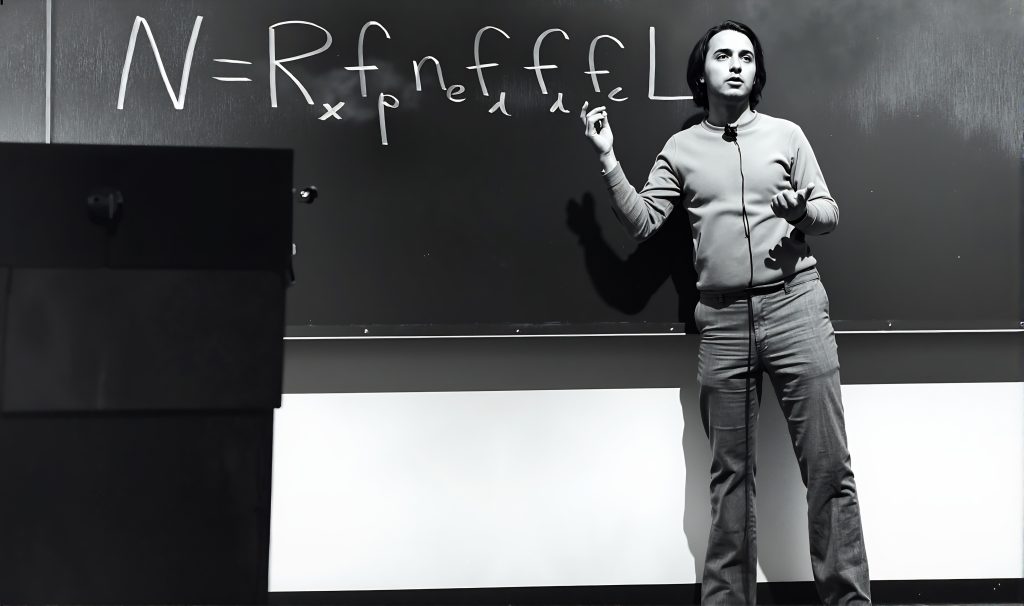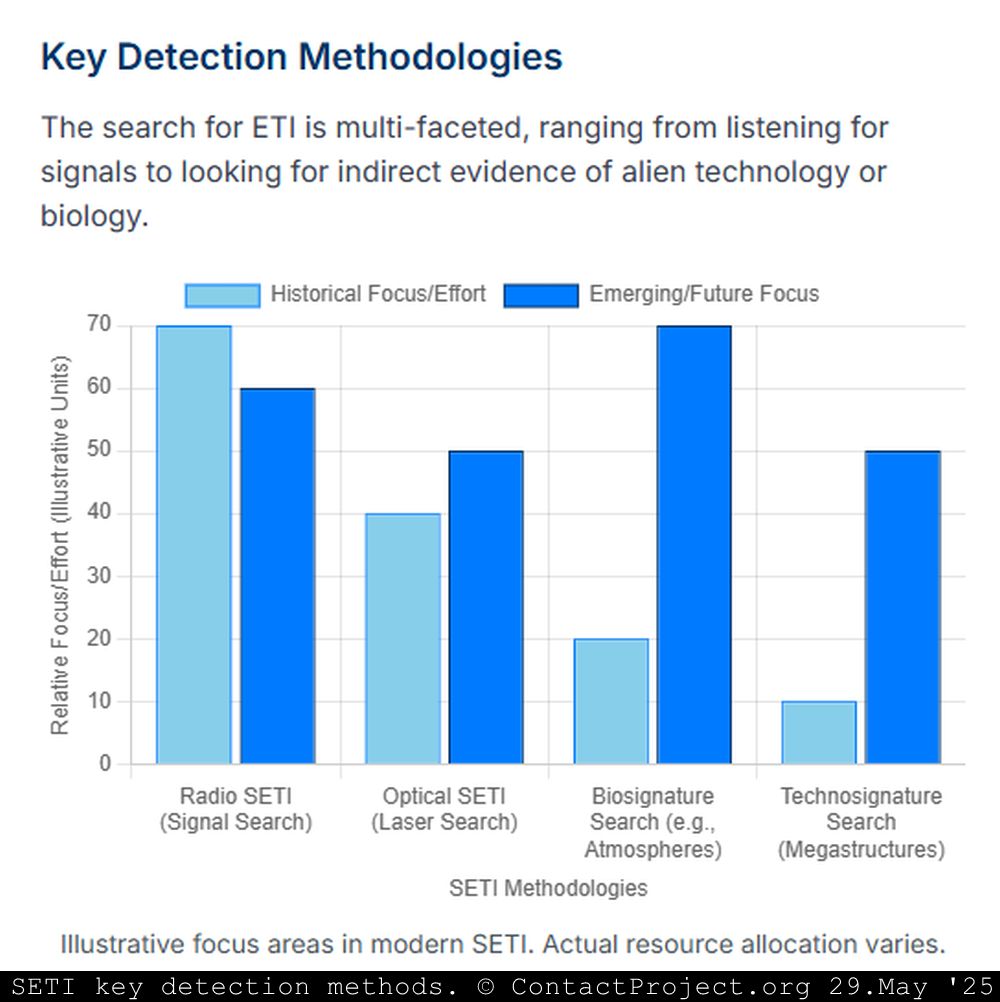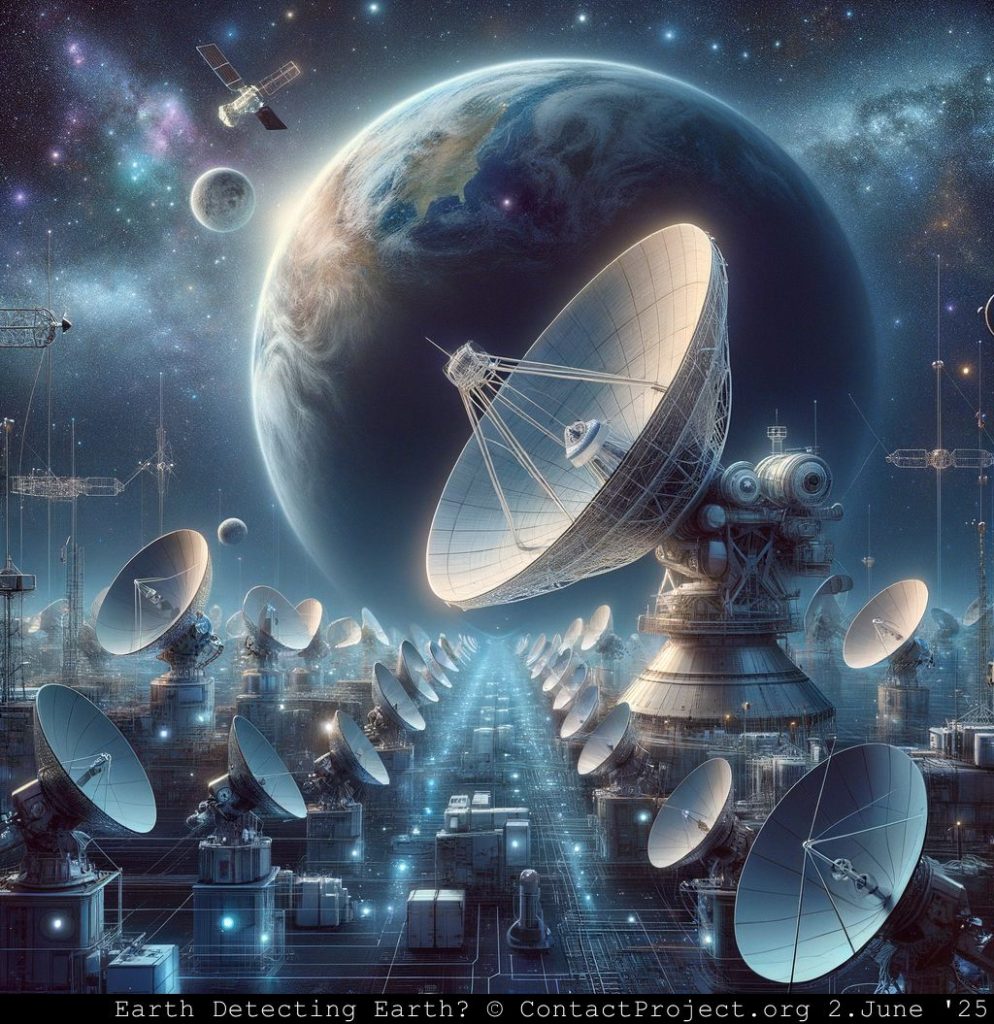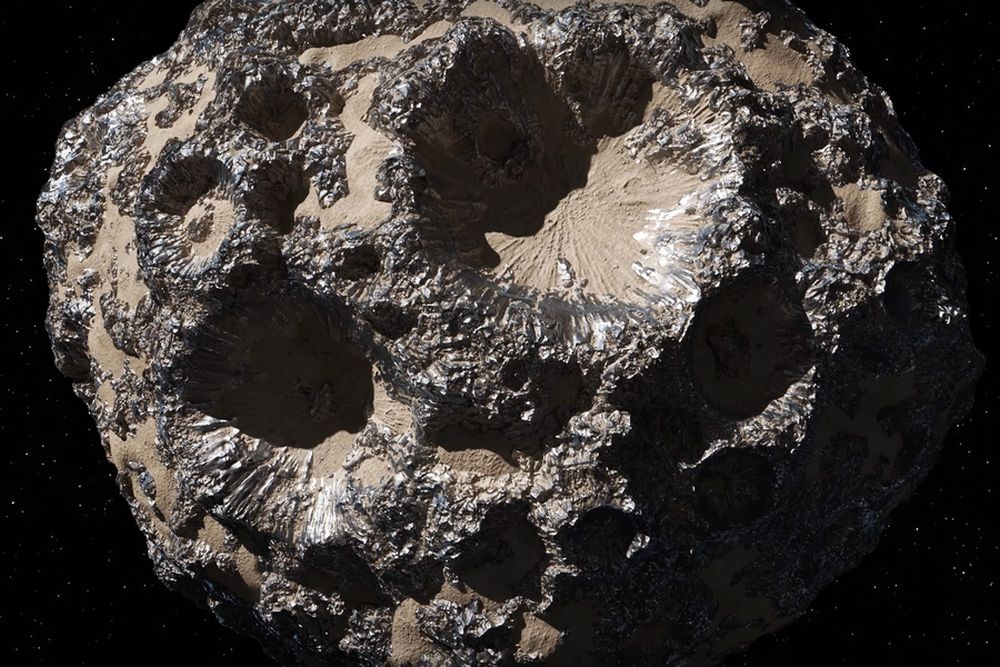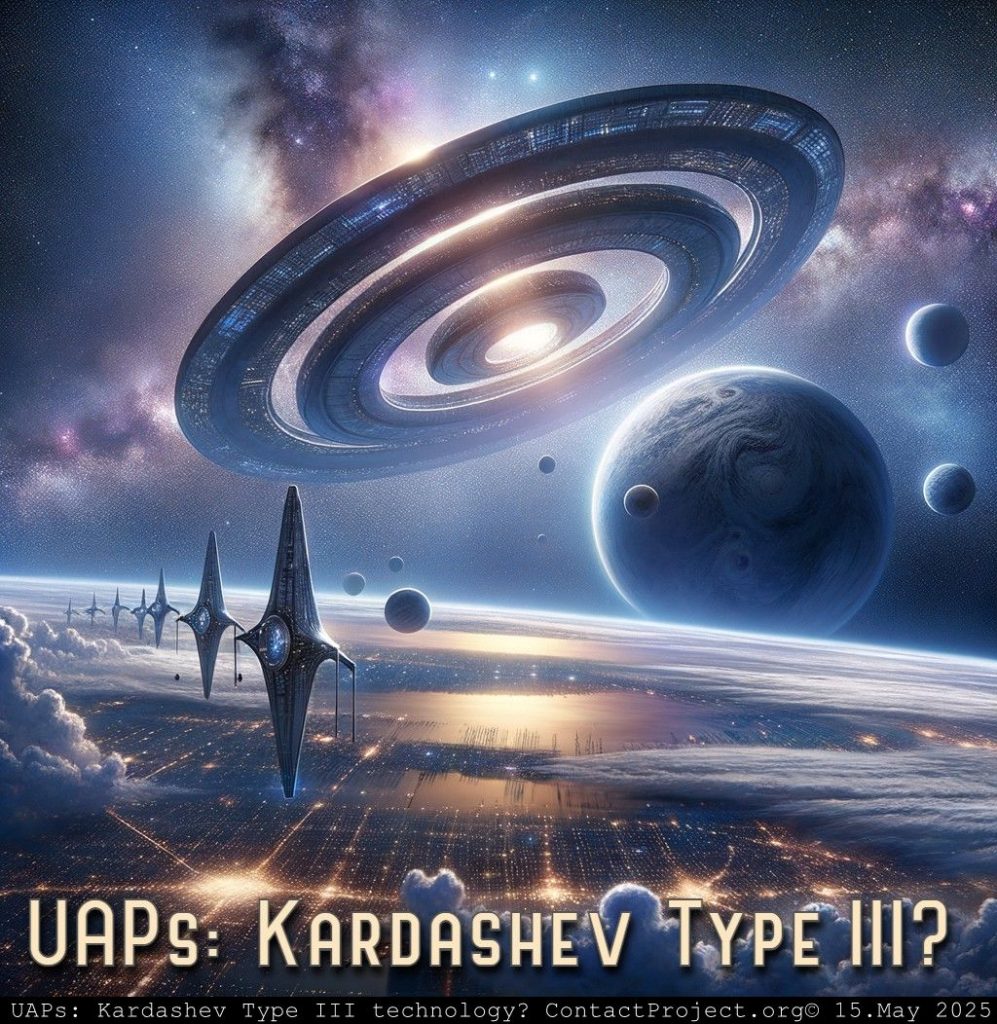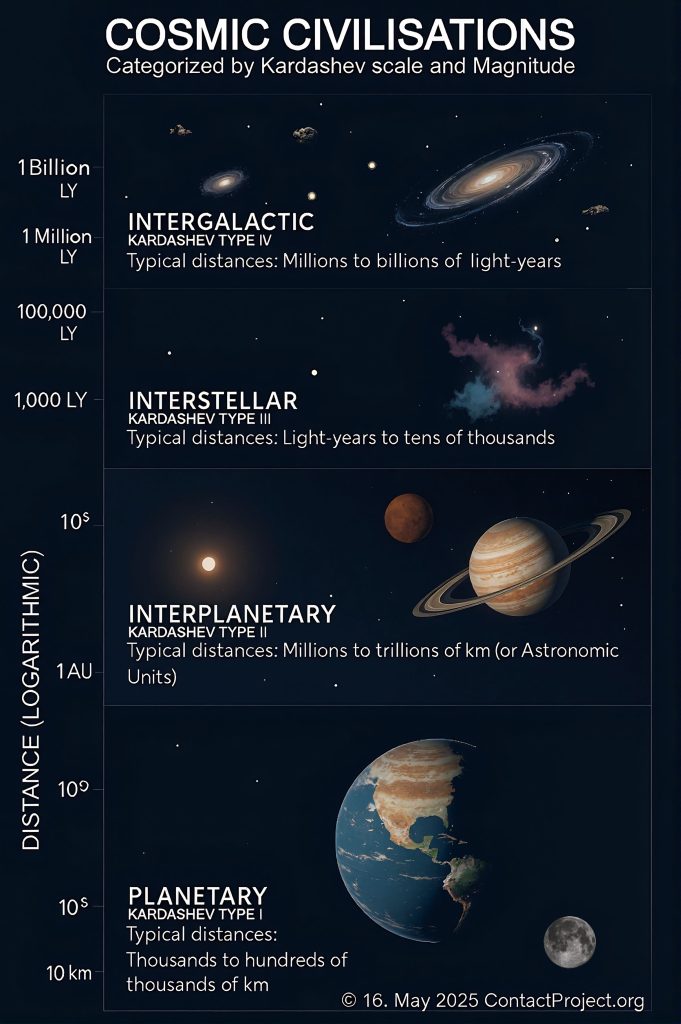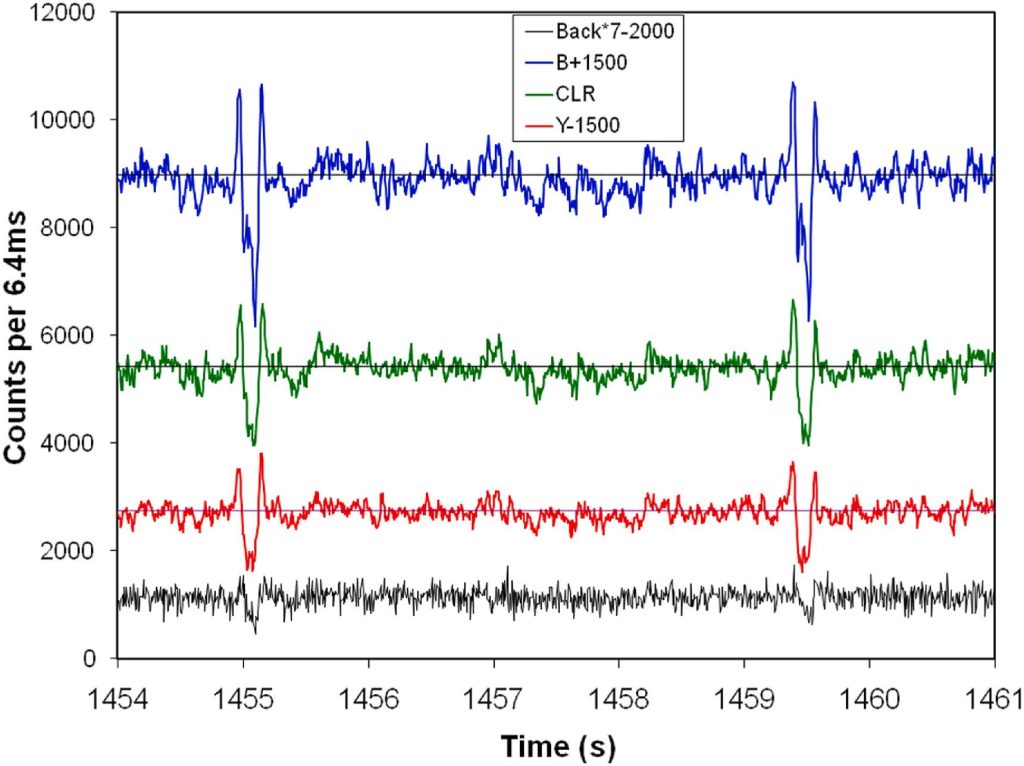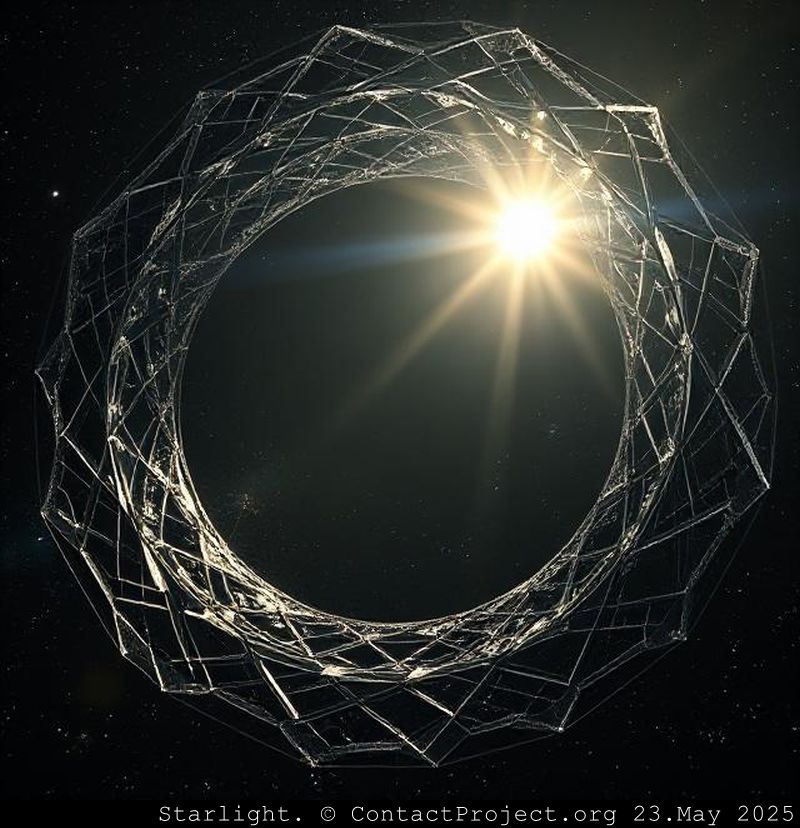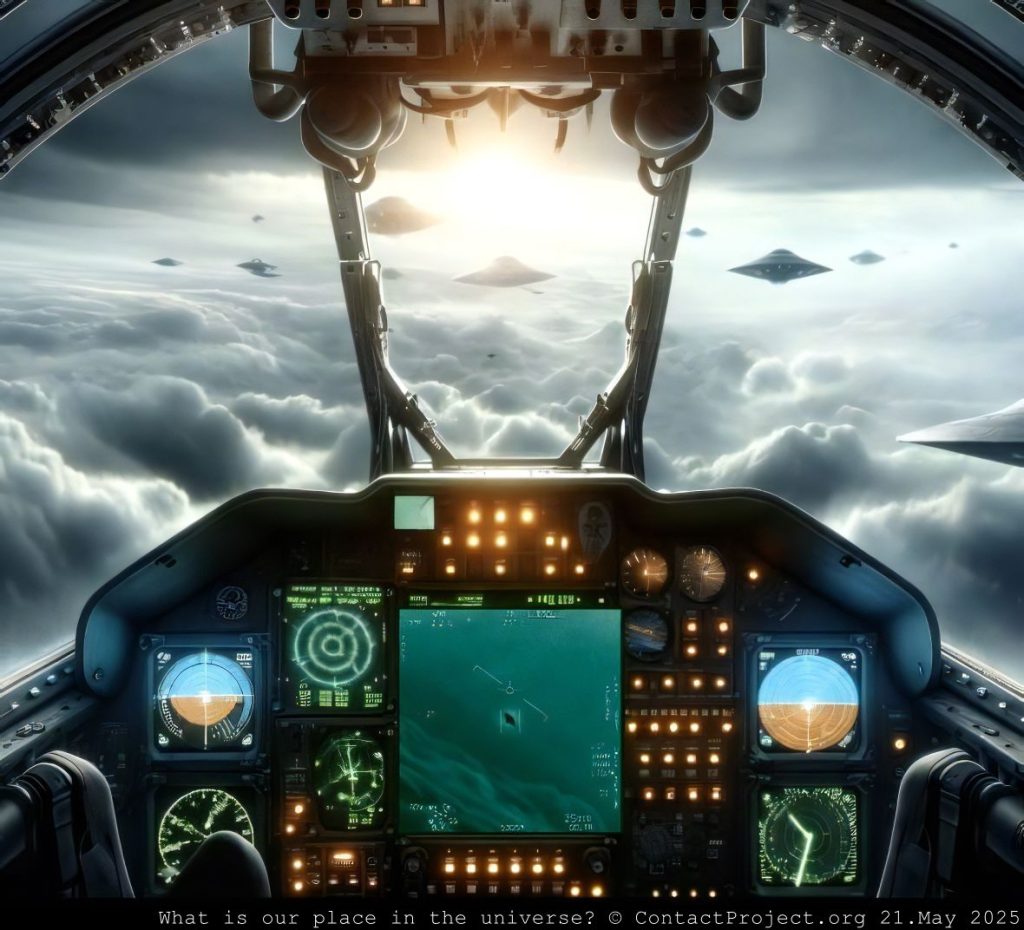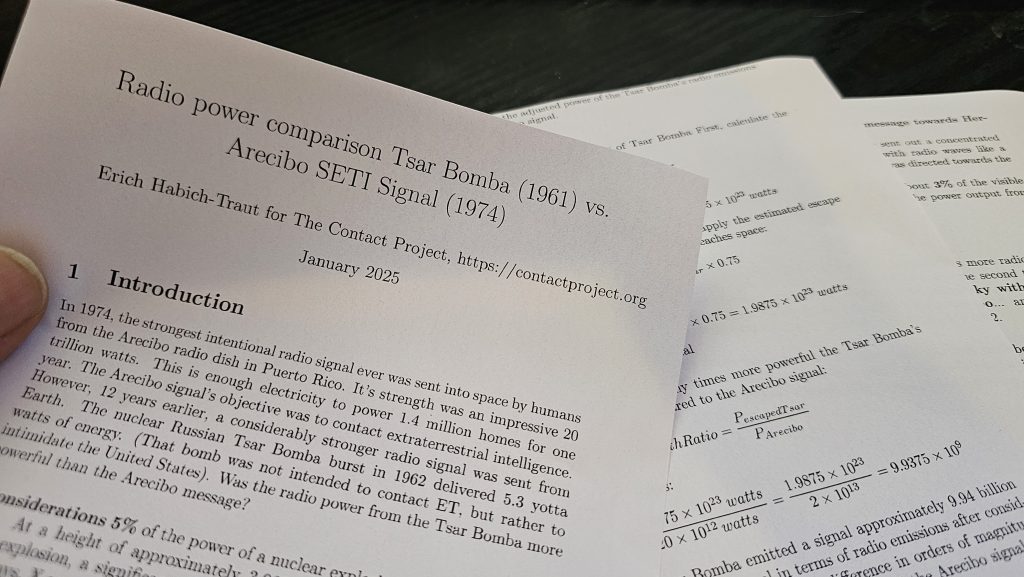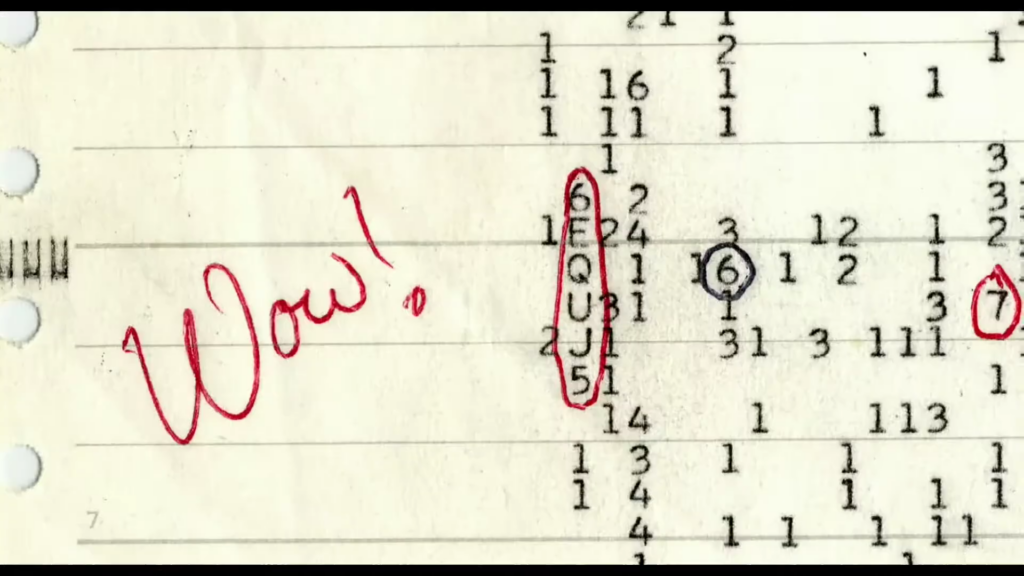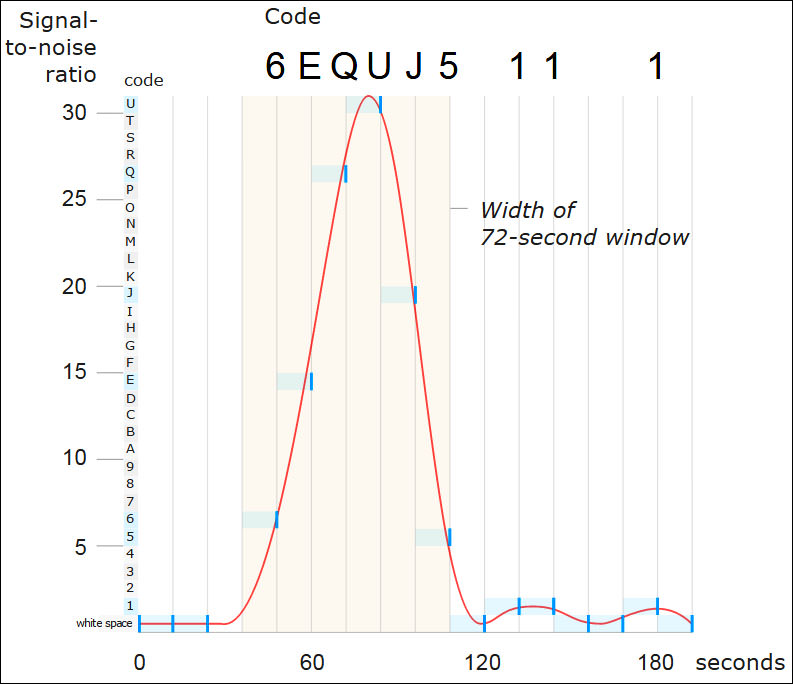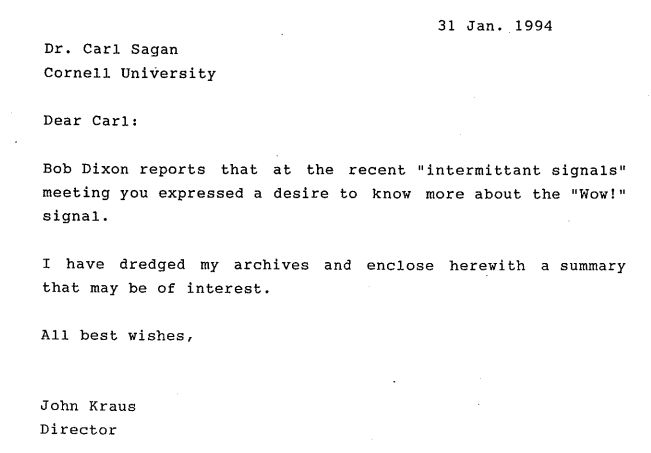Most of us will never see a strange light dart across the night sky, let alone claim to be whisked aboard a craft not of this Earth. Yet, tucked away in public databases, government archives, and academic journals lie more than 200,000 firsthand accounts from people who insist such events happened to them. It makes one wonder if there is an extraterrestrial message hidden among the accounts.
No, I don’t have the time to read all those accounts personally, so I told Gemini AI DeepResearch to analyze them all for me. That’s what Large Language Models are good at. An unexpected picture emerged from the mountain of testimony: the alleged visitors, if real, seem far less interested in dazzling us with technology than in warning us about the way we run our planet.
How Many Cases Are We Really Talking About?
• Public databases: Roughly 170,000 sighting and contact reports sit in the National UFO Reporting Center (NUFORC) catalogue, with hundreds added every month.
• Declassified government projects: Project BLUE BOOK’s 12,618 files and the FBI’s post-war “Vault” documents add a further trove.
• Academic & clinical work: Thirty-plus peer-reviewed psychology papers (from Harvard, Goldsmiths, and others) and at least half-a-dozen social-science surveys have examined self-identified abductees and “channelers”—people who claim to relay telepathic messages from non-human intelligences.
• Independent qualitative studies: Another six to ten book-length investigations—by scholars such as the late Harvard psychiatrist John Mack or the late Temple University historian David Jacobs—bring the formal research count to “just over forty.”
Summary
The tenor of over 200,000 UFO reports from credible experiencers, military personnel, and contactees is delivering the same urgent warnings, and it’s time we listened. There appears to be a deliberate, intelligent effort to guide humanity away from self-destruction. Here’s what they’re telling us:

- “Disarm Now—Or Face Extinction” (Nuclear Warnings: A Clear Pattern)
Resonance: Moderate to Low, with pockets of High Concern.
Politicians & People in Power: While there’s widespread acknowledgment of the catastrophic potential of nuclear weapons, the urgency of immediate and complete disarmament is a highly contentious issue.
UFOs didn’t just happen to appear over nuclear facilities during the Cold War—they were intervening. Missiles mysteriously deactivated. Radar systems jammed. Military witnesses confirm: Something was sending a message. The message? “Your weapons are a threat to the entire cosmos.” This isn’t speculation—it’s documented. - “Earth is Dying—Act Immediately” (Environmental Crisis: A Dire Alert)
Resonance: High in Acknowledgment, Moderate to Low in Sufficiently Urgent Action.
Politicians & People in Power: There is now widespread, almost universal, acknowledgment among world leaders and major institutions that climate change and environmental degradation represent a significant, even existential, crisis.
From Jim Sparks to countless abductees, the message is consistent: “Your planet is in critical condition.” Crop circles, telepathic warnings, and visions of ecological collapse aren’t coincidences—they’re a galactic SOS. ETs aren’t just observing—they’re urging us to change before it’s too late.
- “You Are Starseeds—Awaken” (Spiritual & Evolutionary Guidance)
Resonance: Extremely Low to Non-Existent in mainstream political discourse.
Politicians & People in Power: This type of message, rooted in specific spiritual or esoteric beliefs like the “Starseed” concept (which posits that some humans originated from other planets or dimensions to help Earth), generally does not resonate in mainstream political circles or among those in positions of secular power.
The most profound encounters aren’t about fear—they’re about ascension. Contactees describe downloads of cosmic knowledge, sudden healing abilities, and an overwhelming sense of universal connection. This isn’t fantasy—it’s a consciousness upgrade. ETs are trying to help humanity evolve beyond war, greed, and separation.
- “Unite or Perish” (A Call for Global Solidarity)
Resonance: Moderate, with Fluctuations based on Context.
Politicians & People in Power: The idea of global solidarity is frequently invoked in international forums, especially when addressing transboundary challenges like pandemics, climate change, economic crises, and major conflicts.
The idea that ET contact could end human conflict isn’t wishful thinking—it’s inevitable. Once we accept we’re not alone, borders, religions, and ideologies will seem trivial. The message? “You are one species. Start acting like it.”
- “The Great Filter is Real—Don’t Fail” (Warning of Civilizational Collapse)
Resonance: Low in terms of the specific “Great Filter” terminology; Moderate in terms of underlying concern about civilizational threats.
Politicians & People in Power: The specific astrobiological/futurist concept of “The Great Filter” (a hypothesis suggesting that some event or condition prevents life from becoming an advanced space-faring civilization) is not commonly part of mainstream political discourse.
Advanced civilizations may have already fallen to the same traps we face: war, environmental abuse, and technological recklessness. UFOs could be survivors—or even guardians—trying to steer us away from the cliff.
The Truth is Here—Will We Listen?
This isn’t random noise. The patterns are too consistent, the witnesses too credible, and the stakes too high to ignore. The messages are real. The question is: Will humanity wake up in time?
1. Disarm Nuclear Arms
2. Heal a Dying Planet
3. Awaken Your Cosmic Heritage
4. Foster peace and unity
5. Avoid the Great Filter
An Overview of Online UFO Experiencer Reports: Accessibility, Themes, Hostility, and Messages for Humanity
The Enduring Mystery of UFOs & UAPs
The phenomenon of Unidentified Flying Objects (UFOs), now more commonly referred to as Unidentified Anomalous Phenomena (UAPs), continues to captivate public imagination and spark intense debate. At the heart of this mystery are the firsthand accounts of individuals who claim encounters with these unexplained objects—or even their alleged occupants. These UFO experiencer reports serve as a unique body of qualitative data, offering insights into personal interpretations of extraordinary events.
This report examines:
✔ The accessibility and estimated number of online UFO reports
✔ Core themes and narratives in experiencer accounts
✔ The spectrum of reported interactions—from hostile to benevolent
✔ Potential messages for humanity embedded in these encounters
Given the diverse and often controversial nature of these reports, a comprehensive approach is necessary—one that acknowledges both scientific skepticism and the profound personal impact these experiences have on those who report them.
🔍 Accessibility & Estimated Number of Online UFO Reports
The internet serves as a vast repository for UFO-related information, with numerous platforms hosting firsthand accounts, government documents, and independent research.
📂 Government & Military Archives
✔ National Archives (NARA) – UAP Records Collection
- Established under the 2024 National Defense Authorization Act, this collection consolidates UAP records from federal agencies.
- Includes photographs, videos, declassified documents, and ongoing updates.
✔ All-domain Anomaly Resolution Office (AARO)
- The Pentagon’s official UAP investigation arm.
- Analyzed over 800 reports between 2020–2023.
- Declassified documents from 1947–1954, offering historical context.
- 12,618 investigated cases (1948–1969), with 701 remaining unexplained.
📊 Independent & Crowdsourced Databases
✔ National UFO Reporting Center (NUFORC)
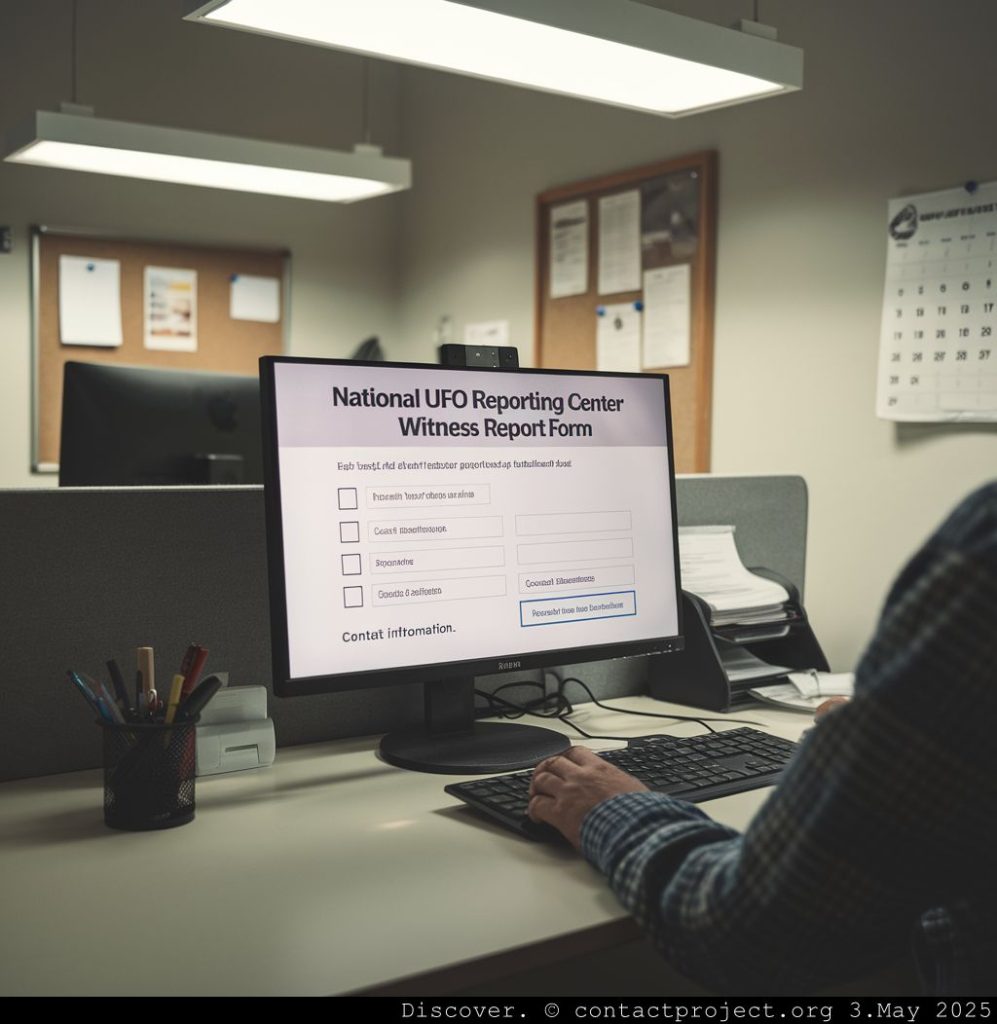
- Over 170,000 reports, with hundreds added monthly.
- One of the largest publicly accessible UFO databases.
✔ CORGIS UFO Sightings Dataset
- Structured data on 80,000+ sightings (shape, location, duration).
- Interactive visualization of 61,000+ sightings.
✔ GitHub: NUFORC Data Repositories
- Cleaned datasets for researchers & data analysts.
📚 Specialized Archives & Scholarly Resources
✔ Betty & Barney Hill Papers (UNH)
- One of the most famous abduction cases in UFO lore.
✔ ARDA: UFO Abductees Survey (1990)
- Demographic & belief data on self-reported abductees.
✔ Archive-It: UFO Enthusiasts Collection
- Archived websites from MUFON, NUFORC, and UFO forums.
📌 Estimated Total Online Reports: 200,000+
- NUFORC: ~170,000
- Project BLUE BOOK: ~12,000
- CORGIS/GitHub datasets: ~80,000
- FBI & other archives: Thousands more
👽 Core Themes in UFO Experiencer Reports
Analysis of these reports reveals recurring patterns in abduction narratives, entity descriptions, and emotional responses.
🛸 The Abduction Narrative
Many accounts follow a structured sequence:
- Capture – Sudden inability to move/resist.
- Examination – Invasive medical procedures (often reproductive).
- Communication – Telepathic messages or warnings.
- Return – Often with missing time or physical marks.
👾 Reported Alien Entities
✔ Grey Aliens (most common in North America)
Small, large-headed, slanted black eyes.
✔ Nordic Aliens (often described as benevolent)
Tall, human-like, blond hair.
✔ Non-Humanoid Beings (less common but reported globally).

💬 Communication Methods
✔ Telepathy (most frequent)
✔ Direct speech in the experiencer’s language (rare)
✔ Symbolic or visual messages (e.g., environmental warnings).

😨 Emotional Responses
✔ Fear & Trauma (most common in abduction cases).
✔ Mystical or Spiritual Awakening (some report profound love/connection).
✔ Sense of Purpose (belief in being part of a “cosmic plan”).
⚠️ Recurring Warnings
✔ Environmental Collapse (“Our planet is dying”).
✔ Nuclear Danger (UFOs frequently seen near nuclear sites).
✔ Humanity’s Self-Destruction (warnings about technology outpacing wisdom).
⚔️ Hostility vs. Benevolence in Alien Encounters
Reports vary widely—from terrifying abductions to uplifting contact.
🔴 Hostile Encounters
✔ Forced Abductions (loss of bodily autonomy).
✔ Medical Experiments (often described as painful).
✔ Animal Mutilations (linked to UFO activity in some cases).
✔ Military Concerns (UAPs in restricted airspace seen as potential threats).
📖 Books on Hostile Cases:
🟢 Benevolent Encounters
✔ Early Contactees (1950s) – Aliens as peaceful guides.
✔ Spiritual Experiences – Feelings of universal love.
✔ Even modern abductees sometimes report healing, guidance, or spiritual uplift.
✔ Environmental Warnings – Urging humanity to change.
⚖️ Neutral/Ambiguous Cases
✔ UFO Sightings Without Interaction (most common).
✔ Observation-Only Encounters (no clear intent).
🌍 Potential Messages for Humanity
While no verified extraterrestrial communication exists, recurring themes suggest:
- 🌱 Environmental Crisis – Urgent warnings about Earth’s future. 25-35%
- ☢️ Nuclear Peril – UFOs’ frequent presence near nuclear sites. 30-40%
- 🕊️ Call for Unity – Speculation that contact could unify humanity.
- 🚀 Technological Caution – Fears of self-destruction via unchecked advancement. 15-25%
📌 Key Takeaway: These “messages” may reflect human anxieties.
How is society responding?
Popular culture, for one, has embraced the subject with gusto. Streaming platforms feature dozens of alien-abduction docuseries, while TikTok’s #uaptok hashtag has sailed past half a billion views. Mental-health practitioners quietly report more clients looking for “experiencer support groups” rather than traditional PTSD counseling, suggesting that people who believe they were taken no longer feel entirely alone.
Mainstream science moves more cautiously. In 2023, NASA convened an independent study that called for “serious, stigma-free data collection,” and the American Institute of Aeronautics and Astronautics followed suit with its own UAP committee. Medical literature still explains abduction memories largely in terms of sleep paralysis, dissociation, or fantasy proneness, yet outright dismissal is no longer the reflex it once was.
Politics remains the slowest arena. The 2024 U.S. National Defense Authorization Act ordered every federal agency to hand historically significant UAP files to the National Archives, marking an unprecedented bid for transparency. The Pentagon’s All-domain Anomaly Resolution Office (AARO) has already analyzed more than 800 military encounters and promises a civilian reporting portal. France, Japan, and the United Kingdom have reopened or expanded their public UAP desks. Even so, no head of state has addressed the substance of the alleged messages—neither the nuclear warnings nor the environmental pleas. The United Nations has never tabled a resolution on them. In the halls of power, stigma still whispers more loudly than data.
Are we listening?
Polls by Pew and IPSOS show that a slim majority of Americans now believe intelligent life is visiting Earth. Only twelve percent, however, think their elected leaders treat the subject seriously. Meanwhile, global carbon emissions continue to rise, and the world’s nuclear stockpile just grew for the first time in two decades. If the visitors’ messages are real, we remain stubbornly off script.
A quiet crossroads
The existence of the data is no longer in dispute: more than 200,000 public reports and at least forty formal studies document the phenomenon. Stripped of lurid headlines and Hollywood tropes, the core warnings are surprisingly consistent—dial back nuclear brinkmanship, mend the biosphere, and evolve beyond tribal conflict. Governments have begun to lift the veil of classification, but policy inspired by those warnings is still in its infancy.
Perhaps the most telling statistic is not how many files exist, but how few decision-makers have read them. Disclosure, in other words, is happening. Whether we choose to heed the cosmic nudge remains an open question—one whose answer may determine whether humanity, too, becomes just another cautionary tale in someone else’s sky.
🔎 DATA USED IN THIS META-ANALYSIS
- All-domain Anomaly Resolution Office (AARO)
- Archive-It collection “UFO Enthusiasts”
- ARDA data set: “UFO Abductees in the United States, 1990”
- Betty & Barney Hill Papers (UNH Library)
- CARTO interactive “UFO Sightings Map”
- CORGIS CSV: “UFO Sightings”
- FBI Vault: “UFO” files
- GitHub — planetsig/ufo-reports repository
- Internet Archive (general landing page)
- National Archives (NARA) – Project BLUE BOOK files
- National Archives (NARA) – UAP records portal
- National UFO Reporting Center (NUFORC)
NEWS, ANALYSES & GOVERNMENT COMMENTARY
- BBC: “UFO reports by US troops skyrocket to over 500” (example URL)
- Military Times: “Pentagon ups number of analyzed UFO reports, none a threat”
- RAND Corporation: “Not the X-Files: Mapping Public Reports of Unidentified Aerial Phenomena Across America”
- Science News: “Scientists are getting serious about UFOs. Here’s why”
- U.S. DoD FOIA (ESD.WHS): Project Sign brief (landing page for declassified PDF)
SCHOLARLY & TECHNICAL PAPERS / VISUALIZATIONS
- Chapman U. Digital Commons: “The UFO Contact Movement from the 1950s to the Present”
- Goldsmiths Research Online: “Psychological aspects of the alien contact experience”
- PubMed: “Psychological aspects of the alien contact experience”
- ResearchGate PDF: “A Preliminary Analysis of Historical UFO Report Data”
- UBC CS visualization: “I Want to Believe”
- Tableau Public: NUFORC data viz
GENERAL REFERENCE (WIKIPEDIA ET AL.)
- Wikipedia: Alien abduction
- Wikipedia: Alien-abduction entities
- Wikipedia: List of reported UFO sightings
- Wikipedia: National UFO Reporting Center
- Wikipedia: Psychosocial UFO hypothesis
- Wikipedia: Psychological perspectives on UFO claims
BOOKS & COMMERCIAL PAGES
- Amazon: “The Keepers: An Alien Message for the Human Race”
- Amazon: “When UFOs Attack – Documented Cases of Hostile Alien Encounters”
- Amazon: “UFO Hostilities and the Evil Alien Agenda”
BLOGS, FORUMS & SOCIAL MEDIA
- Reddit /r/space: “What would be the scariest message to receive from aliens?”
- Reddit /r/CriticalTheory: “Any serious critical theory on UFOs?”
- Reddit /r/HFY: “I work at NASA. We made alien contact yesterday.”
- Quora: “Are there any stories of hostile alien abductions?”
- Quora: “What messages might extraterrestrial visitors have for humanity?”
OTHER GOVERNMENT / INSTITUTIONAL MATERIAL
- NSA (declassified): “Communication with Extraterrestrial Intelligence”
- PBS NOVA: “Kidnapped by UFOs? – John Mack”
MEDIA & ENTERTAINMENT
- Ancient Aliens full episode (History Channel / YouTube)
- “70s Scientists Message – Terrifying Alien Reply” (YouTube documentary)
- Artangel project: “UFO Sightings from Around the World”
- Smithsonian Magazine: “When Did Alien Sightings Turn Into Alien Abductions?”
DATA RE-PRODUCTIONS & DERIVED SETS
- GitHub: timothyrenner/nuforc_sightings_data
- Kaggle data set: “UFO Sightings”
- Consensus Academic Search: recent-UFO-sightings results
MISCELLANEOUS ACADEMIC & OP-EDS
- BPS (British Psychological Society): “Close encounters of the psychological kind”
- Harvard Gazette: “Alien abduction claims examined”
- Irish Star: “‘Aliens trying to send humans a three-letter message’”
- New Space Economy blog: “NUFORC: A Hub for UFO and UAP Sightings”
- Penn State News: “Flying saucers and alien abductions: New book explores history of UFOs”
- Psychology Today: “The Surprising Psychology of UFO Reporting”
